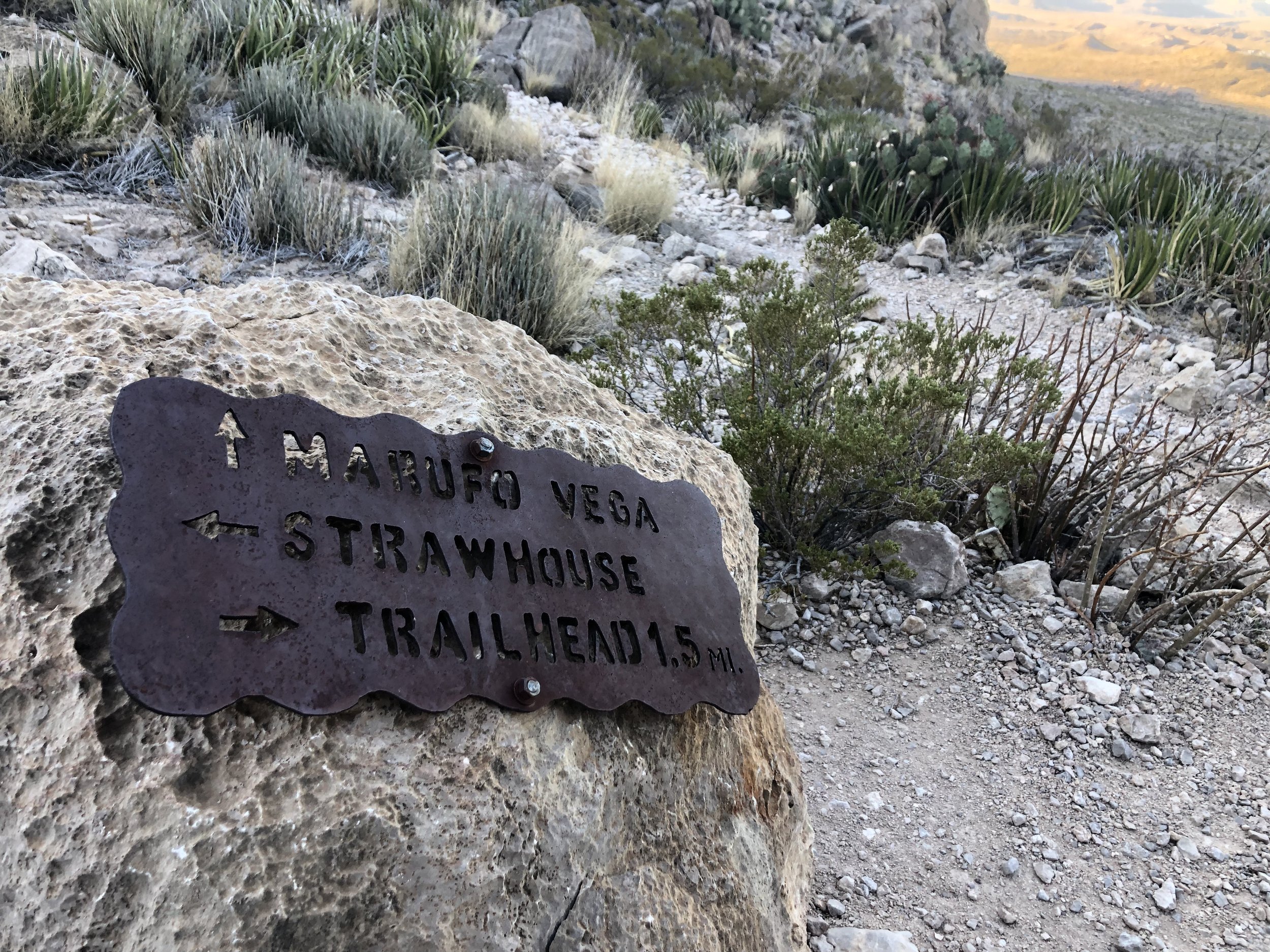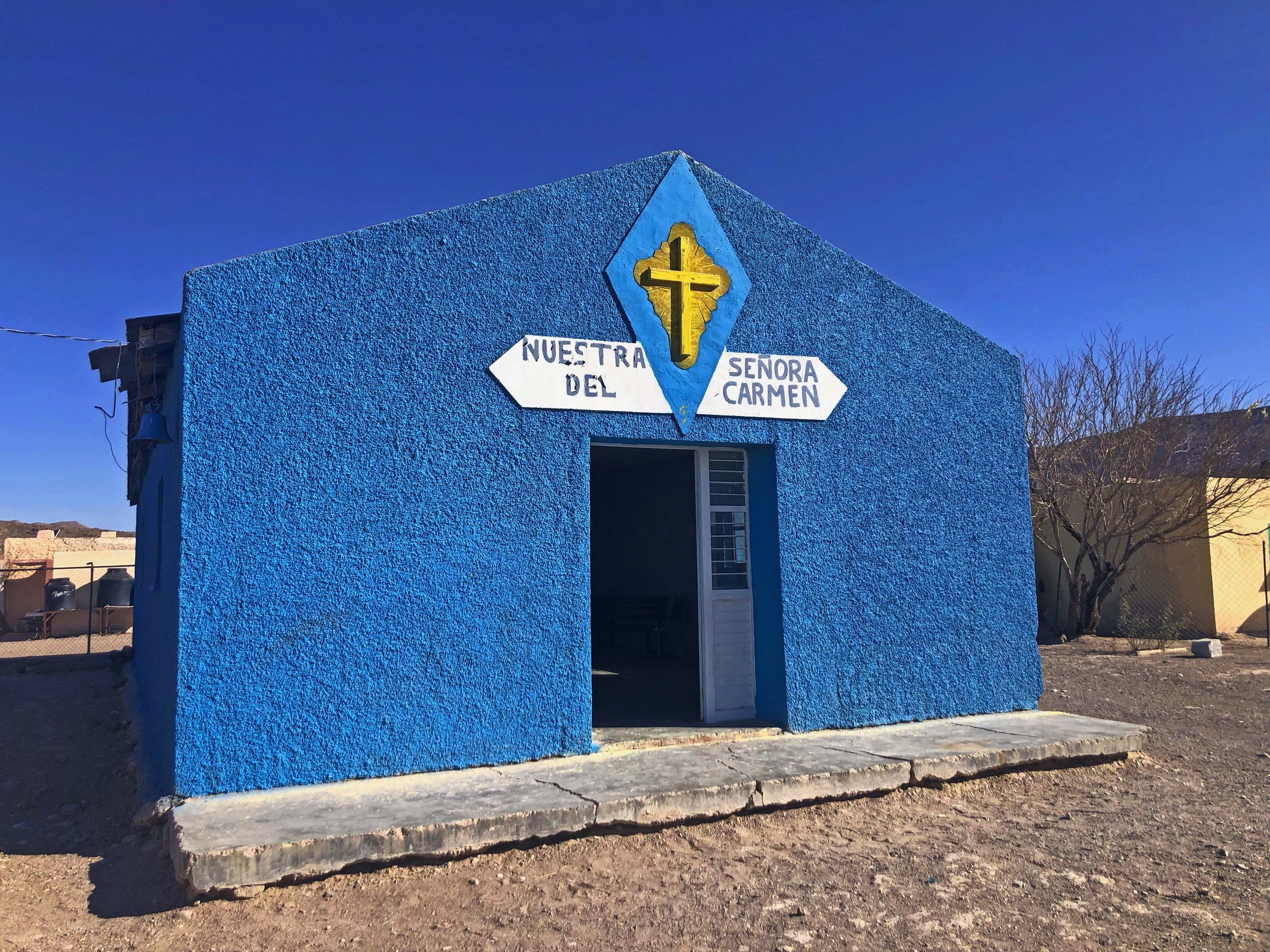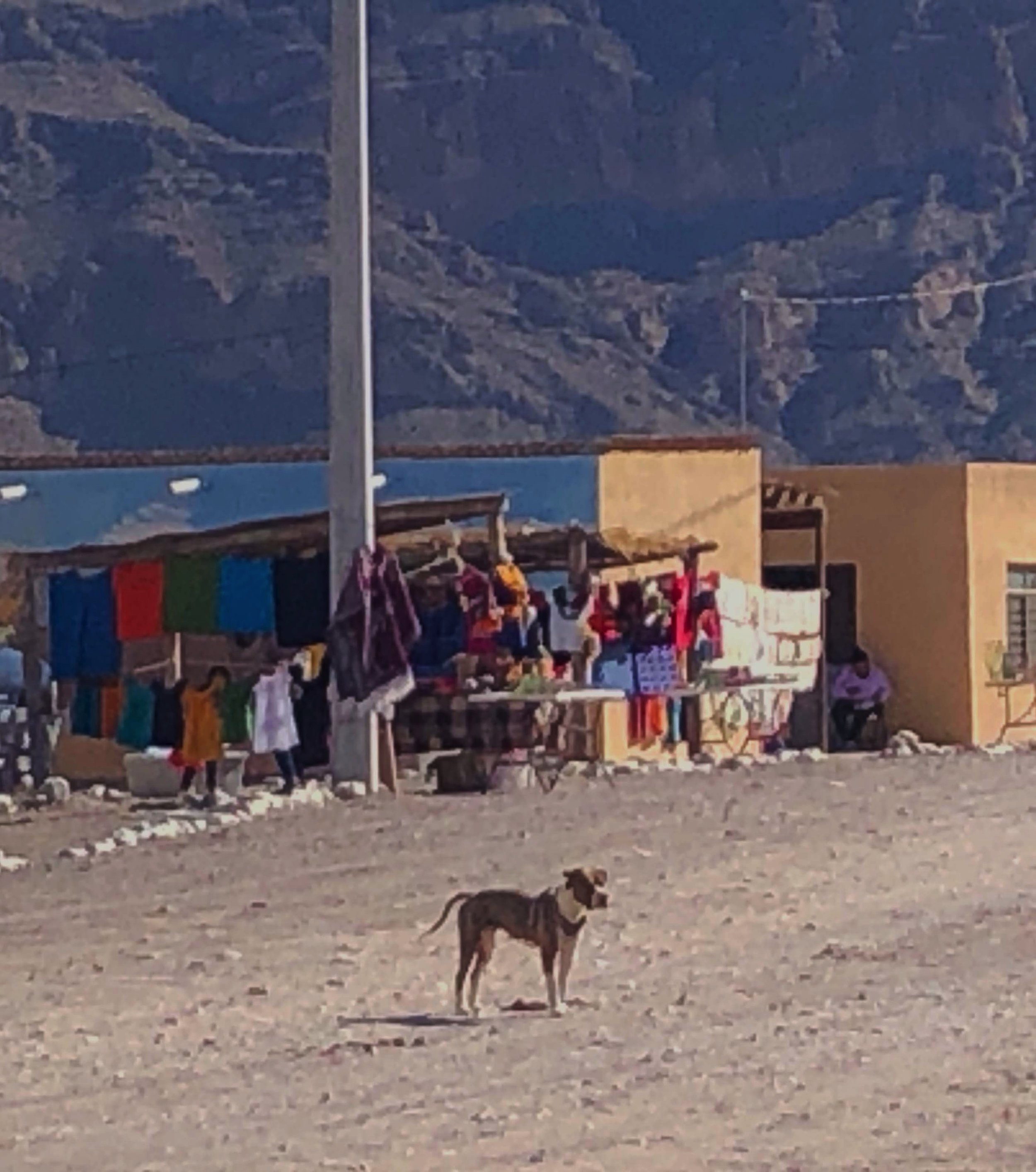3 Highlights of Big Bend National Park
Big Bend National Park in southern Texas is a vast, varied, and intriguing landscape that shares a Rio Grande River border with Mexico. The park encompasses several different ecotypes including Chihuahuan Desert, Chisos Mountains and canyons, and the river’s riparian habitats. Big Bend National Park is, indeed, big - it can take 2 hours to drive from one area to another - and offers unique experiences based on the landscape and resources as the visitor moves through the park.
We visited in mid-March - an ideal time to be in Big Bend. The weather was chilly at night with warm, mild temps during the day. The sun was intense but not nearly that of warmer months. Spring break was underway in Texas, and that was felt in the park as families and students came to visit. It was comfortable, though, with room to roam throughout the park, and even possible to hike without seeing anyone else for hours or miles. Big Bend offers a sense of remoteness and the opportunity for immersion into the desert environment.
Big Bend National Park was the first scheduled destination along our travels, and we made a reservation in advance at the Rio Grande Village campground. There are other ;camping options available, including an RV campground and also dispersed campsites along the Old Ore Road which is open and remote with desert views. A permit is necessary to camp in these dispersed sites, but the dirt road is also open for driving, a fun experience even if not camping.
We settled in at Rio Grande Village and had wonderful experiences over the next days exploring the Park.
Here are a just few standouts:
1. A sunrise hike at Marufo Vega Trail.
The Marufo Vega Trail, Strawhouse Trail, and Ore Terminal Trail are great options in the Rio Grande area and offer a variety of lengths. The hike leads through a desert wash and up a rocky ridge, where the trail opens up to expansive views of the valley. Different varieties of colorful cacti and sage line the ridge.
We did a loop between Marufo Vega and Strawhouse and had the trails to ourselves. There is a small slot canyon off trail if you are up for walking through the desert brush (stepping carefully). In addition to the natural resources, the trail follows an old mining passage and line. Artifacts of the mining past dot the trail and bring a sense of awe in considering how the extraction feats were physically accomplished in this harsh, isolated environment.
On the way out, the trail brings a surprise as it leads you through a narrow, high canyon wash.
Trail marker along Marufo Vega.
The park offers information on preparedness as weather can be extreme and changeable. Signage recommends being off these trails before noon in spring and summer to avoid intense heat. We were told by a local that even the most experienced hikers have not fared well against the heat of summer on the Marufo Vega trail. This late winter day, though, conditions were ideal and being on the trail early made it even better, especially with the sun rising over the desert and with a travel mug of coffee for the trail.
Canyon wash along Strawhouse Trail.
2. Crossing the border into Mexico.
The Mexican village of Boquillas del Carmen is just across the shallow Rio Grande from the access point in Big Bend National Park and makes for a fun visit after a few days of isolated hiking. The village is friendly and welcoming and with good, fresh food and tasty beverages. Colorful raft stalls line the winding main road with women and children selling artisanal goods. This is the northernmost populated village in Chihuahua and depends on tourism.
Boquillas Restaurante serves fresh daily specials.
To reach Boquillas, we brought our passports and checked in at U.S. Customs station in the park. We headed down to the river and paid a small fee for a local paddle boat ride across. Once across the river, you can walk, take a ride, or go on horseback for the short trip up to the village. We took a ride with driver Emilio in his pickup truck, and it was a pleasure to have a chance to talk with him and gain local tips. He waited for us to stroll the village and eat at Boquillas Restaurante (his family’s place) before taking us for the quick return trip.
Colorful buildings and an open atmosphere along the main street
Visiting Boquillas mid-morning was ideal; there were no other American visitors there yet. Just before lunchtime, business picked up. We saw several Americans with local guides. We really enjoyed exploring on our own, with Emilio’s help. After a few hours, we headed back to Big Bend.
Friendly streets in Boquillas del Carmen
3. Visiting Santa Elena Canyon at sunset.
Santa Elena Canyon in Big Bend is popular for a reason - the dramatic canyon with water beneath is stunning. The Santa Elena Trail and overlook offer views of the canyon from different perspectives. Very few people were here late in the day, and we enjoyed a picnic as we marveled at the glowing canyon walls from the shore as the sun fell. At dusk, the sky became layers of orange, pink and blue and the night sky emerged for the drive out. A little kit fox made an appearance on its nightly prowl, as did an owl, flying low.
Santa Elena Canyon, Big Bend National Park
Big Bend National Park in Texas offers an array of activities for the visitor, including extensive ranger-guided programs, visitor center information, and a store for amenities/necessities. The essence of the experience, ;though, is walking the trails at different times of day, seeing the burrows graze, and dipping your toes in the Rio Grande to cool off. We would report a visit to Big Bend National Park in a heartbeat.





